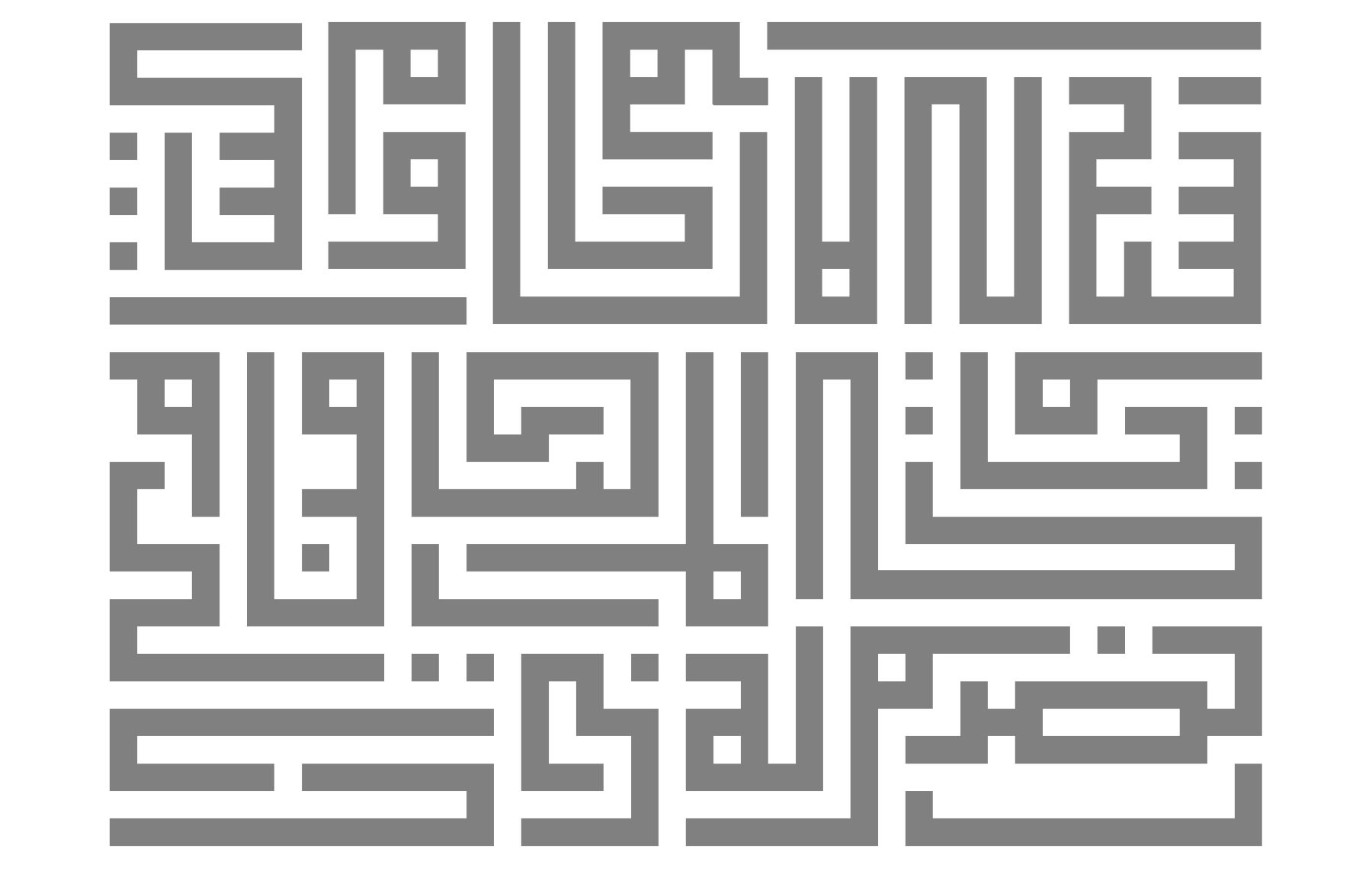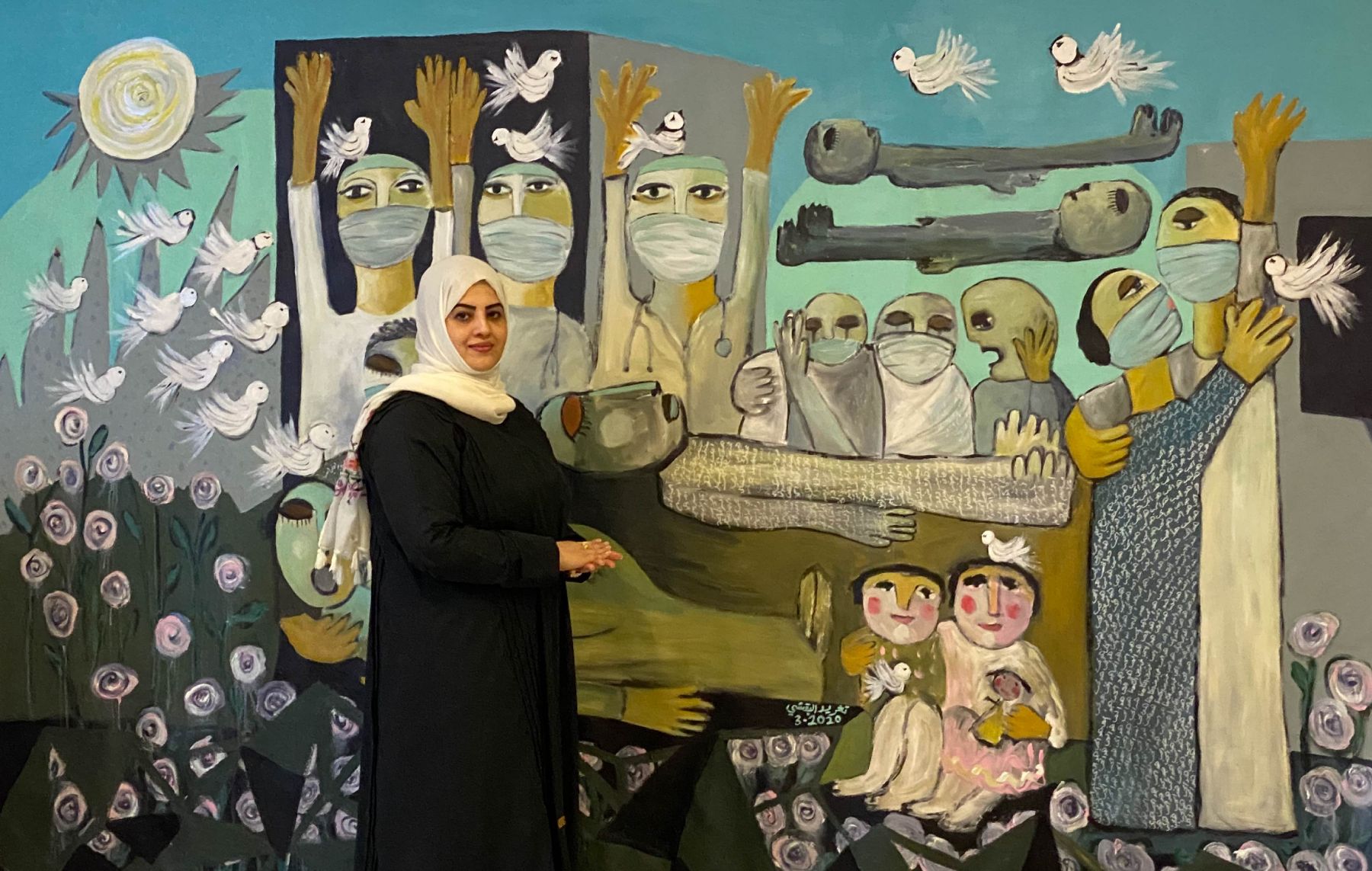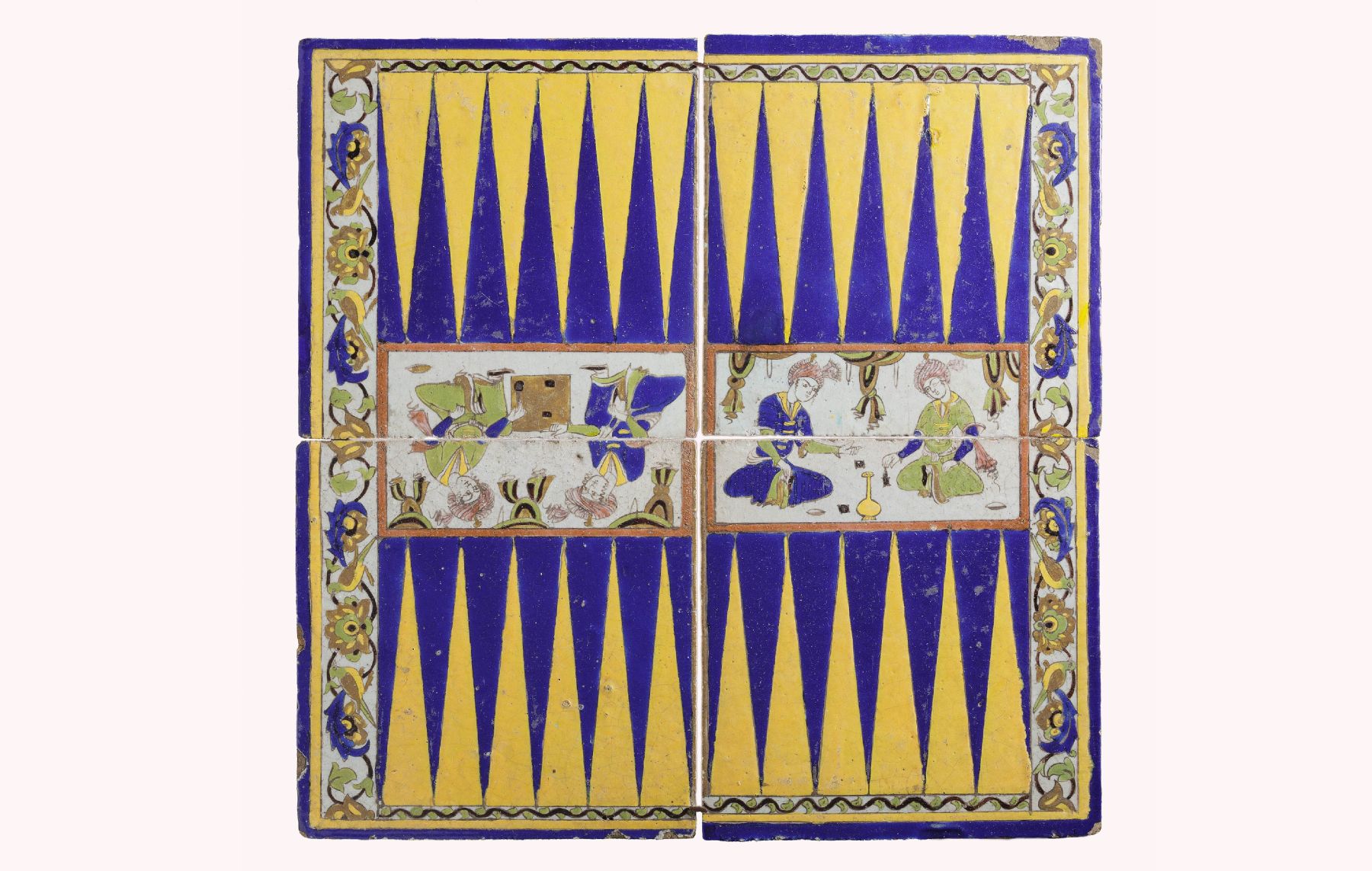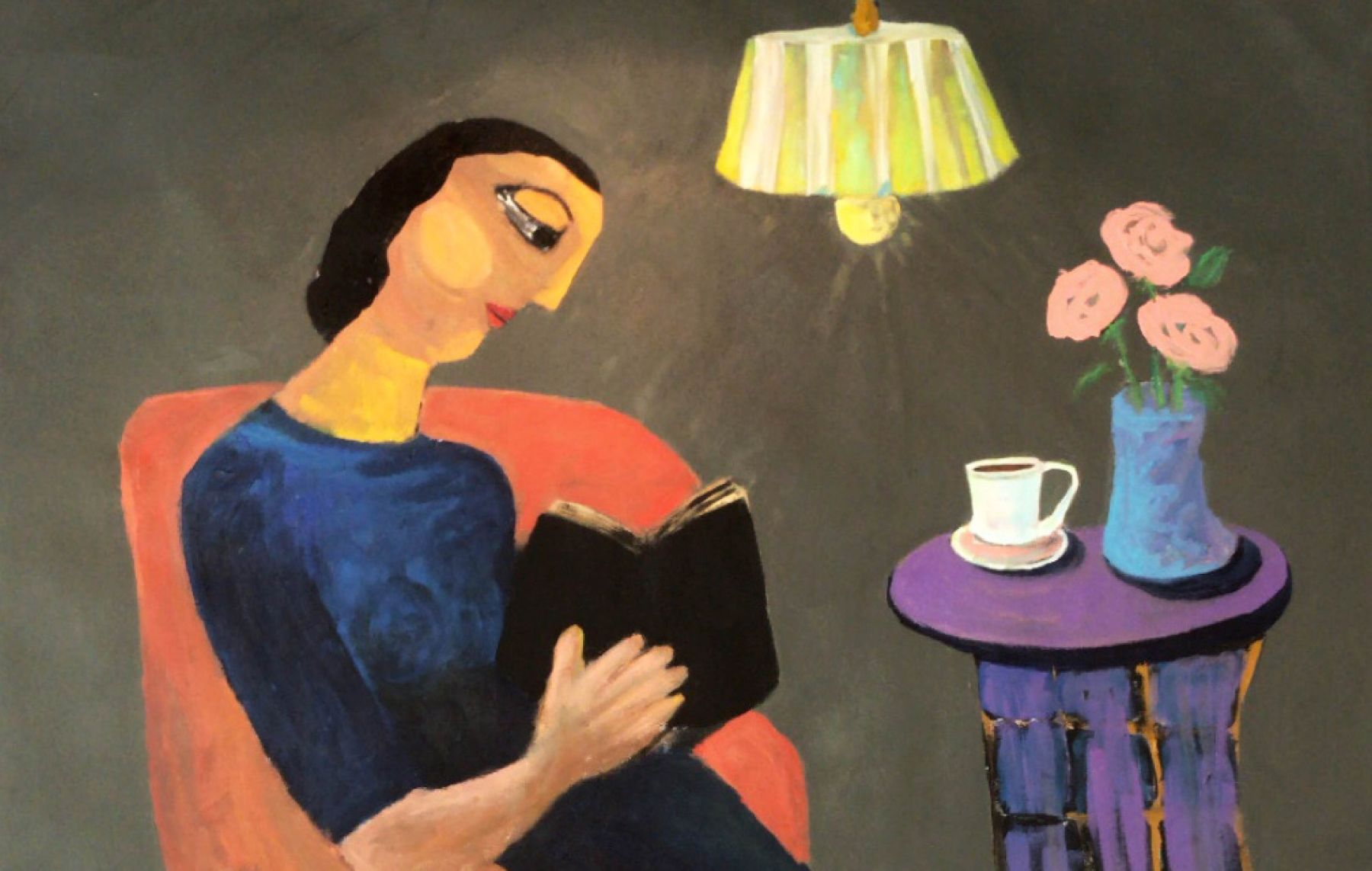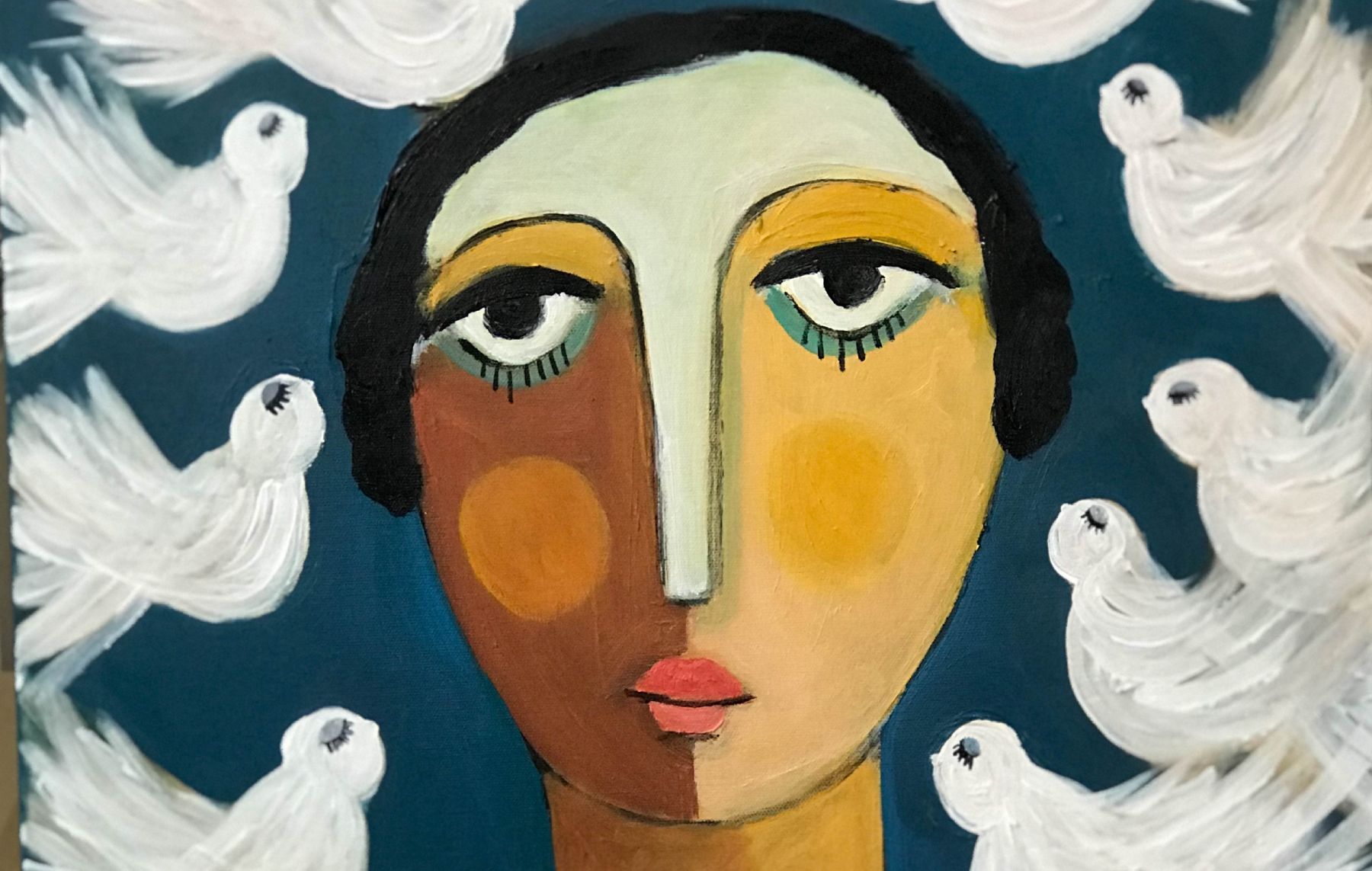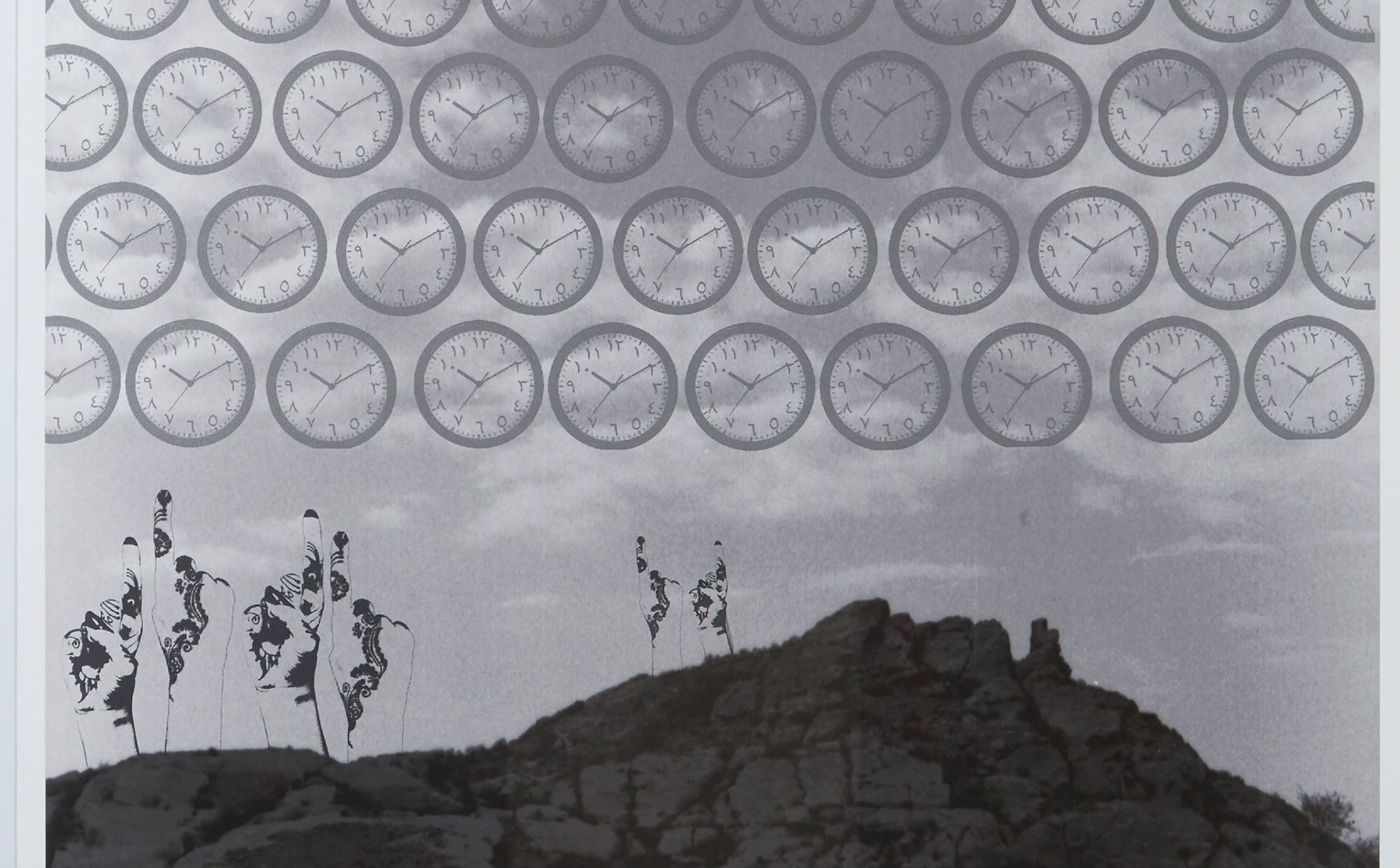Special Feature:
The Games We Played—When a piece of cloth, wood and imagination was all the children needed
Playtime for children is vital to their development. It helps them understand the world they live in, and allows them to think critically and creatively. And in today’s fast-changing and unpredictable world, children have many options of play to choose from. For they have their gaming consoles, electronic gadgets, speaking toys and many more which transport them from this world into another.
That wasn’t the case many years ago. Children of the past from all over the world used to play more outdoors than indoors – opposite of what it is today. They owned simpler toys, which they had to either make on their own or have an adult make it for them. And they used much of their own imaginations to entertain themselves.
In Saudi Arabia it wasn’t any different. Children would play outside with each other, many of whom were related to one another (siblings, cousins, and even nieces and nephews) and the types of play would either be group games or one-on-one games, varying from one region to another.
At a time before prosperity, children depended on imaginative play for it was an essential part of everyday life. Playing house, especially for younger girls, was how children learned to adopt the social behaviors of society, through mimicking their mothers and neighbors. For this, they would play in the backyards of their houses and find pieces of wood or whatever can be salvaged to look like a house. Once the house was shaped, they would pretend to visit each other with food in their hands, exchanging recipes for the dishes they made.
And there is no denying that the lack of choices then made children create their own toys with whatever material they found in their environment. A number of toys were made from sand, mud, wood sticks, empty cans and animals' bones. For some children, even a piece of cloth was enough. In fact, it was quite essential to have a piece of cloth when making a doll’s hair after assembling it with materials from a palm tree. And like the children of today, children of the past used their toys to understand and make sense of the world surrounding them through storytelling and retelling of old folktales told by their families.
What was especially magical were the group games that brought the whole street together. Masaqeel, a game of marbles was one of those games, in which children sit together in a circle while watching one player throw a marble in the air, while trying to catch as many marbles as possible with the same hand. Other games included ones that are still played by children today such as hopscotch (Hygla), hide-and-seek (Ghumayma) and tag (Habsha).
However, if one asks a group of elders what their favorite toy used to be, the majority might respond “Dandana.” This was the name given to a hoop pushed by a stick, the simplest toys of them all. It provided endless entertainment to the children, for one child would be the one who would move the hoop, while all the other children would chase after it.
And so even in this newly developed world we are in, taking a look back at the simplicity of playtime from the past only proves that imagination and creativity can be found anywhere in one’s surrounding. We are reminded that often the key to creativity and fun lies in simplicity.
Special Guest Contributor:
Ghada Al-Muhanna is a Saudi writer, Media and Communications officer at the Saudi embassy in Berlin, and an advisor to the Diriyah Gate cultural project.




